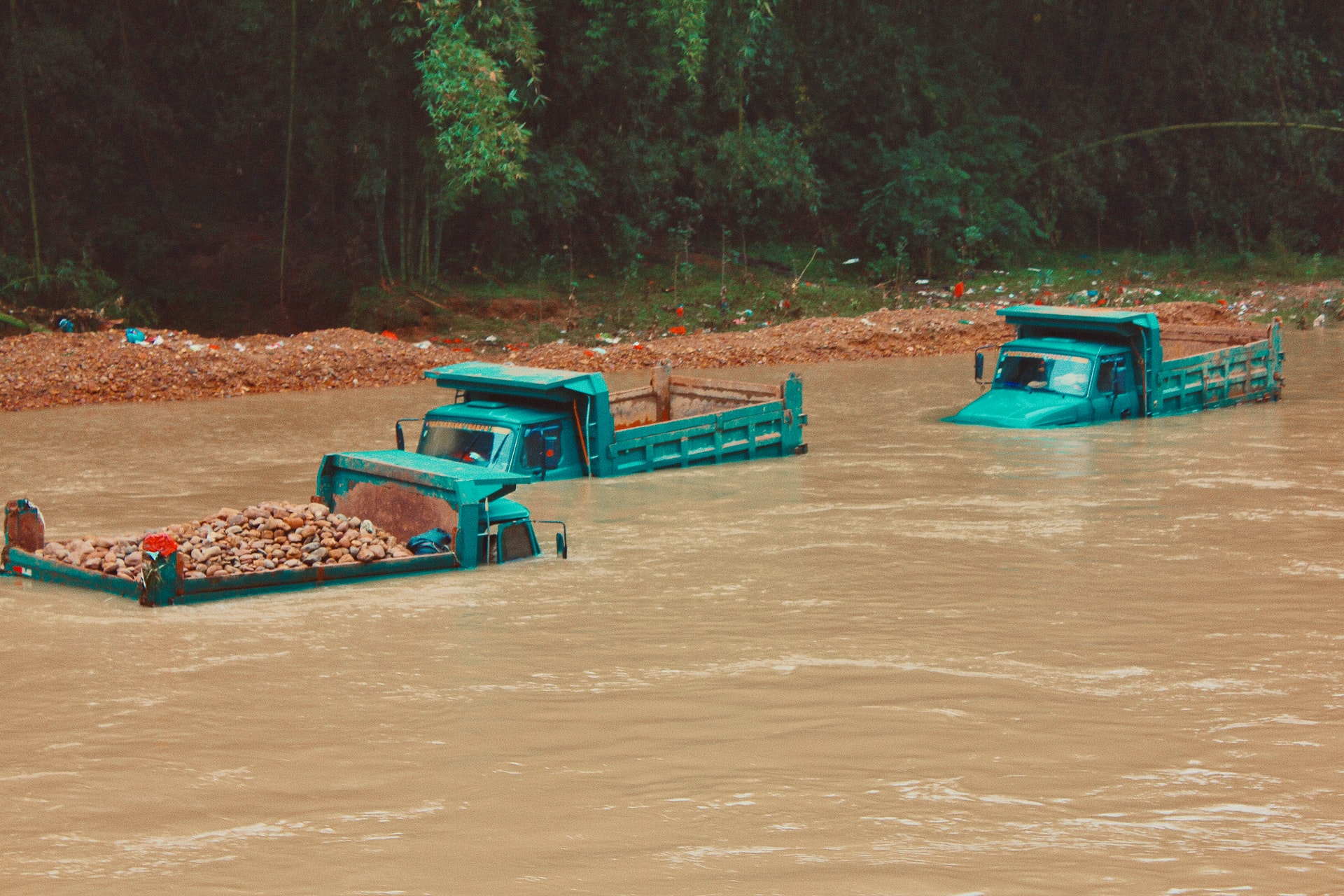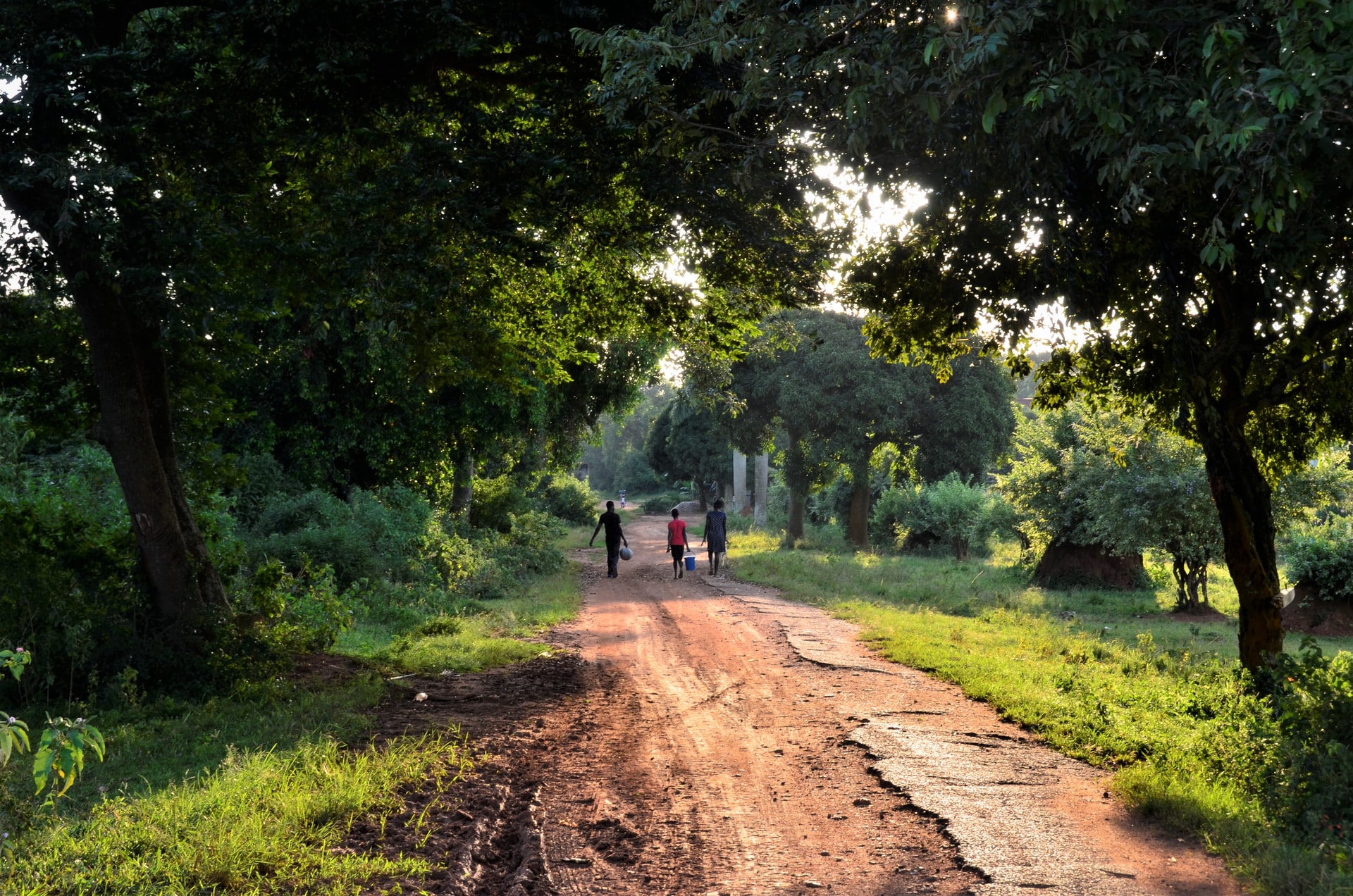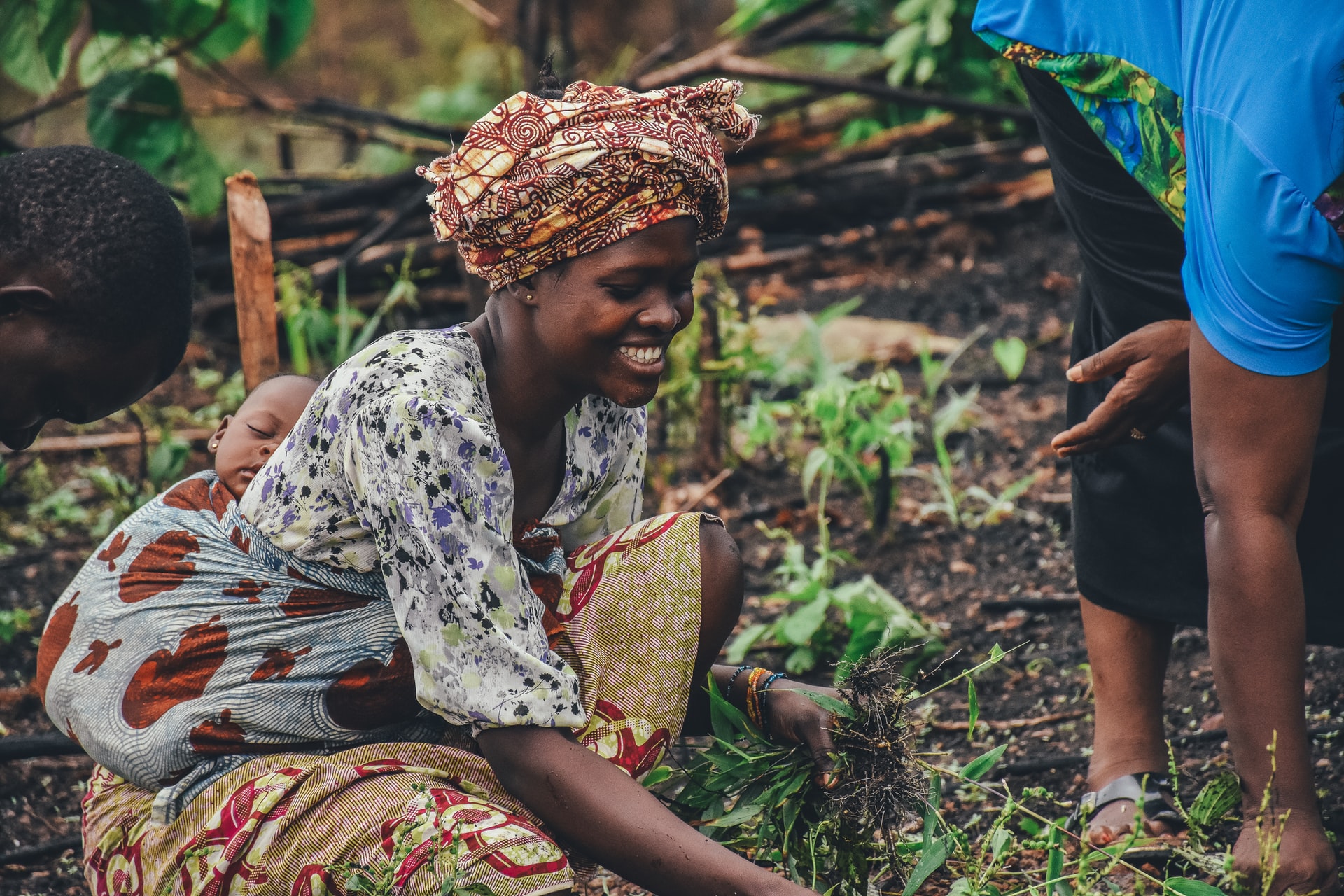These new financing models are one step ahead of droughts and floods
Extreme drought and flooding have struck countries across the globe this year, costing lives and livelihoods. A new financing model is helping the most vulnerable to prepare before hazards strike.
The first half of 2021 saw drought on almost every continent, with Madagascar, Mexico and Brazil being some of the worst affected regions.
Paradoxically, extremes in rainfall patterns across the globe also brought the risk of severe flooding for many, including record rainfall in China and catastrophic flooding across Europe.
Studies predict that by 2030, the number of people around the world exposed to the risk of flooding will increase, and up to 700 million people will be at risk of displacement due to drought.

A new approach: Forecast-based Financing
Traditionally, when disaster strikes, financial aid is released after the event, when the worst of the damage has been done.
But a new funding model being explored by charities, international agencies and NGOs aims to turn that dynamic on its head.
Forecast-based Financing (FbF) is based on in-depth studies, which use data to predict when disasters may happen and limit their impact. Humanitarian funds are released earlier, to allow people to prepare for a hazard and limit the damage.
This approach relies on detailed analysis of when storms, floods and droughts are likely to occur, as well as assessments of past disasters. These allow analysts to evaluate the specific risks and vulnerabilities of people in the area where extreme weather may hit.
It also means that a pre-arranged protocol needs to be in place to allow early action, including criteria and infrastructure for allocating funds quickly.

FbF in action: Uganda, Togo and Niger
Three trials carried out by the Red Cross in Africa illustrate how Forecast-based Financing can work to protect vulnerable communities at risk from both drought and flooding.
Crucial to the success of each trial was identifying a ‘danger level’ or trigger at which it could be reasonably sure that a disaster would occur – so any relief funds transferred would not be wasted – while still leaving enough time to enact safety plans.
Uganda
In Uganda, a trial by the Red Cross Society was implemented in four villages with 2,000 inhabitants at high risk of flooding. The teams settled on a 24-hour trigger that gave time to raise awareness within communities and take action before floods hit.
These advance plans meant that when ‘danger levels’ for flood risk were reached in November 2015 and April 2016, Red Cross funds were transferred within 24 hours, and relief items including emergency food were distributed in advance to 367 families.
Niger
Since 2019, the Niger Red Cross, FbF has been improving drought resilience among communities in the Zinder region, which is highly exposed to recurring periods of low rainfall and food insecurity.
The trial supports 2,000 households, and consists of two phases – each with a trigger and ensuing action.
In the first phase, using satellite data from the European Centre for Weather Forecasts, the teams monitored predicted rainfall levels. An early indication in April of lower than normal rains – three months ahead of the predicted hazard – triggered the distribution of millet and cowpea seeds adapted to drought.
The second phase of the trial, in November, gathers data to forecast whether food supplies will last until the next harvest.
When the indicators were negative, this triggered the release of funds to allow families to buy grain before the crisis hit, rather than waiting and being faced with high prices or no food at all.
Togo
In Togo, the Red Cross ran FbF trials in 15 villages vulnerable to flooding downstream from the Nangbeto dam on the Mono river.
More than 1,000 volunteers monitored daily rainfall and river levels, and prepared evacuation sites and relief stocks including water storage containers, soap and water purification tablets.
In 2016, when water levels reached dangerously high levels, a radio alert was sent out, triggering protocol to transfer funds and send supplies to evacuation sites.
Dam operators were then able to release water early to limit the impact of flooding, and when flood waters did arrive communities in the 15 villages were prepared.

Acting early to build water resilience
Millions of people around the world are affected by water stress, and the impact of extreme weather events such as flooding. In many cases, hydrological hazards can be forecast and prepared for, and organisations can take a proactive approach towards preventing deaths and damage.
Key to the whole process is the idea that emergency funding is allocated and held in reserve, ready to be transferred quickly when the indicators signal there is a significant risk, making humanitarian responses more financially effective.
By using data to release targeted funds at the right time, we can help those most vulnerable to such hazards limit the damage, and build greater resilience in a water-stressed world.